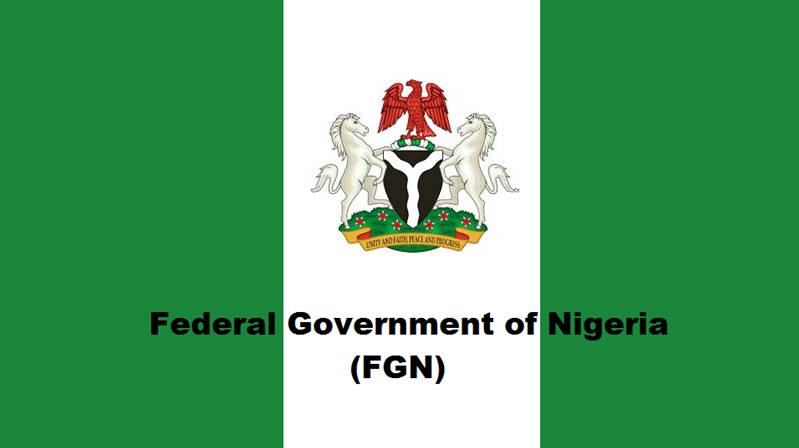Nigeria’s unemployment rate may hit an all time high of 35 per cent by the year 2020, said Senator Chris Ngige, Minister of Labour and Employment, wondering why the various measures instituted by the government to tackle unemployment are not yielding the desired results.
Ngige said this while declaring open a two-day workshop on “Breaking the Resilience of High Unemployment Rate in the Country”, in Abuja, saying that the incessant increase of unemployment in the country was alarming.
According to him, the high unemployment rate of 23.1 per cent, and underemployment of 16.6 per cent by the National Bureau Statistics (NBS) of 2019 report was alarming.
“It is a worrisome status as the global poverty capital (World Bank, 2018); and concomitant high prevalence rate of crimes and criminality, including mass murders, insurgency, militancy, armed robbery, kidnappings and drug abuse, among others.
READ ALSO:Okocha dazzles at Bundesliga tour fan fest
“As if this situation is not scary enough, it is projected that the unemployment rate for this country will reach 33.5 per cent by 2020, with consequences that are better imagined, if the trend is not urgently reversed.
“It is a thing of joy to note that Nigeria has not been resting on her oars over the years in terms of dedicated efforts to curb the unemployment problem,” he said.
Ngige said that various government social intervention programmes targeted at reducing youth unemployment and eradicating poverty have been implemented by different administrations since Nigeria gained independence.
The minister also said that available records showed that between 1972 to date, about 14 different programmes have been implemented.
He said that these programmes ncluded the National Accelerated Food Production Programme (NAFPP), implemented between 1972 and 1973.
He said others were the current National Social Investment Programme (NSIP) which hasn’t been ongoing since 2017, embedded in the National Economic Recovery and Growth Plan (ERGP) 2017-2020.
He noted that yet, the unemployment rate and poverty levels are on steady paths of growth, indicating high resilience against the intervention efforts.
The minister wondered why some of the intervention efforts were not yielding expected results


